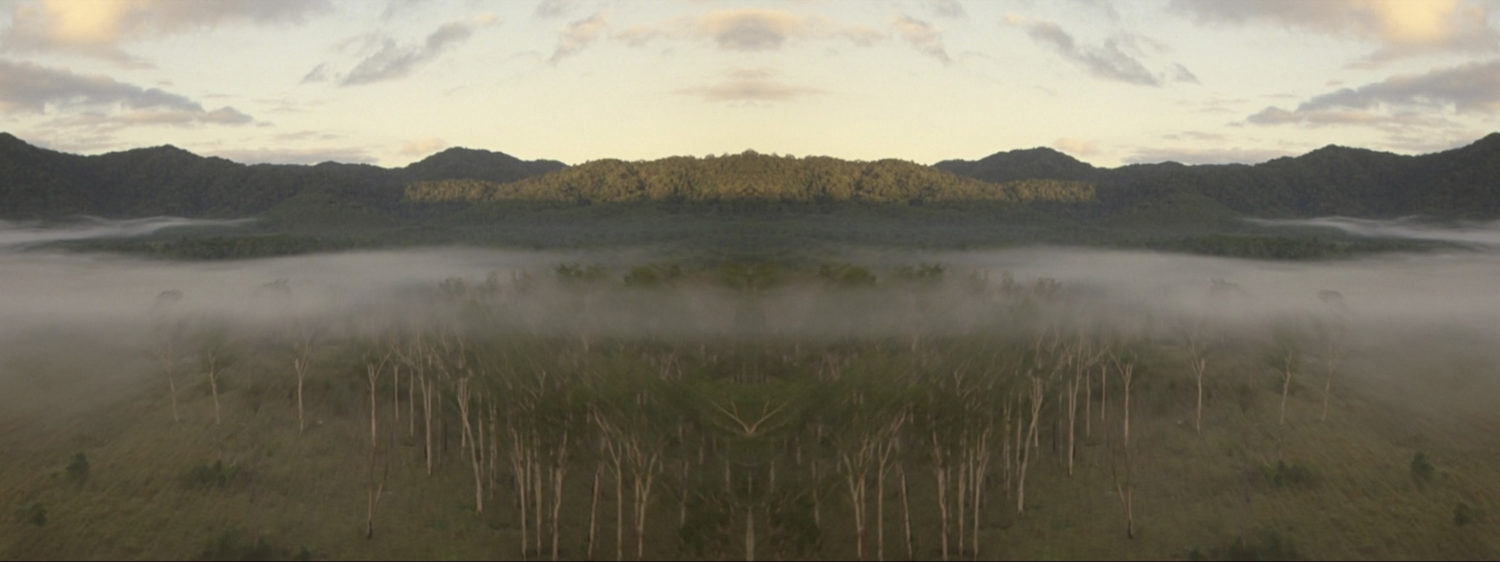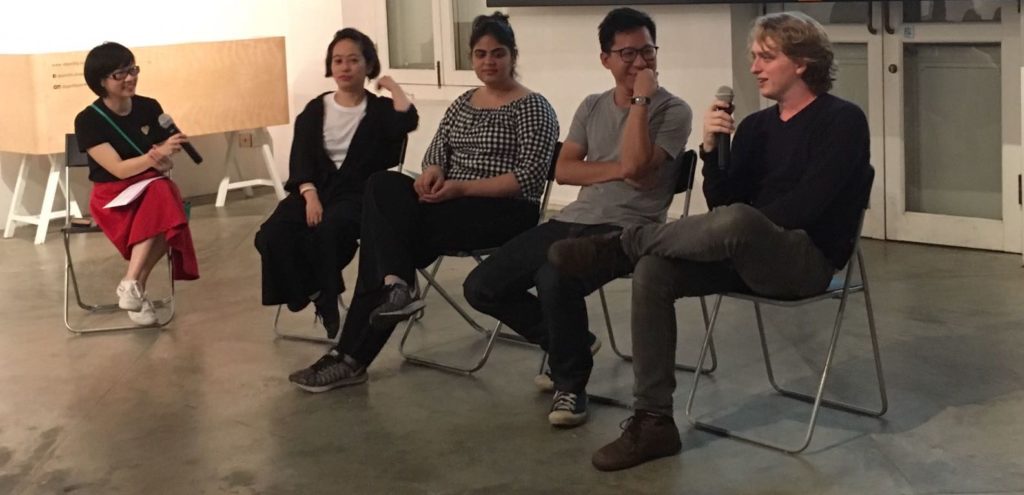An Asian Film Focus 2017 Dialogue Session
Asian Film Focus 2017, themed Time Machine, explored the use of archival and found footage in contemporary filmmaking in Asia, highlighting short films from Vietnam, India, the Philippines and Singapore.
In the second AFF dialogue session, panellists Supriya Suri, Truong Que Chi, Lai Weijie and Charles Packer discussed the development of short films and their role in the current film landscape. The panel was moderated by Leong Puiyee, film manager at Objectifs and short film programme manager at the Singapore International Film Festival.
Catch up on our interviews with the AFF 2017 programmers and our recap of the first dialogue session in our news section.
The perceptions and purposes of short films
Supriya observed that cinema began with short films, in a literal sense rather than with the “rules” ascribed to the form today. They were simply short clips documenting life as it was.
The panel members, who are filmmakers and programmers, shared the perceptions and purposes of short films in their respective countries and practices. In India, short films are seen as necessary for aspiring filmmakers to build their portfolios, or as an outlet for hobbyists. Short films are considered art rather than entertainment, though this is changing as more content platforms emerge online.
Charles, a recent film school graduate, shared that short films help young filmmakers find their own voice, and Weijie agreed that the “stakes are lower with short films”. They are a space in which to test things out. He also noted the rise of social documentary-ish videos disseminated via the Internet.
For Chi, short films allow for experimentation, but also “more intimate emotion”. She also noted that established filmmakers such as Apichatpong Weerasethakul and Nguyen Trinh Thi (whose films Chi programmed for AFF 2017), who have made feature films, continue to make shorts as well. As such, short films aren’t necessarily just a stepping stone to making longer works; filmmakers can use the form that is best adapted to a specific project.
Changes in short films
Following from Chi’s point, Supriya pointed out that in recent years, Indian filmmakers at the peak of their career in mainstream cinema are making short films, to be “producer and industry free”, and for “creative satisfaction”.
In Singapore, Weijie observes that a new generation of emerging filmmakers educated overseas is offering new perspectives on the enduring themes and narratives explored in local film. Charles noted that family dramas continue to be a popular choice for final-year projects, but was also enthused about “more people committing to genre”, in a time when it is fashionable to “subvert tropes of genre”.
Supriya noted that short films aren’t necessarily defined by duration any more. Short film-makers are playing with scale and duration and taking more liberties with how they explore any given subject within what they term a “short film”.
The future of short films
The panel then turned to a discussion on the future of short films. Weijie and Supriya noted the rise of branded content in the form of short films and maintained that they can still have artistic merit even as they are “indirectly selling”. For example, as early as the start of this millennium, BMW commissioned established directors like Wong Kar-Wai to work on The Hire.
Charles noted that the short film form can be used to introduce what “isn’t seen very often in the mainstream audience’s eye”, such as dance films, which a viewer may be willing to invest in for a short time, if not for a full performance. Echoing this sentiment, an audience member noted that such short clips can also be used for advocacy purposes, to introduce people to a cause.
For Chi, in today’s media saturated environment, short films must “do something very intense to capture attention”. She encouraged experimentation with structure and duration. Weijie also shared his experiences from the Sundance and Cannes film festivals, which he noted were a testing ground for virtual reality films. It is not clear yet whether VR is best suited to narrative or experimental films.
Film festivals vs. online distribution
It is practically an inevitable question these days whether short films and film festivals still “need” each other or if the future is in online distribution. Almost unanimously, the panellists argued for the continued relevance of festivals for not just programmers and filmmakers, but also audiences. In Charles’s view, “the conditions in which you watch a film” shape the experience for both the filmmaker, who has put care, effort and time into their work, and for the viewer. He acknowledged the double-edged dilemma in the fact that a short film can now be accessed and enjoyed on the go by a viewer, but they may not pay it the undivided attention a filmmaker hopes for.
For Supriya, the element of curation by professionals differentiates a film festival from viewing short films online. Film festivals also offer a physical community. “If festivals don’t exist, where would independent artists go?” However, as Chi pointed out, festivals and online platforms together “keep diversity in distribution”. Film festivals are subject to the “politics of a jury” while the Internet offers more freedom (possibly at the cost of quality).
The panellists agreed that “festivals should be aware about the Internet and adjust accordingly”. Some have already taken such steps: the Tribeca Film Festival has added an online component and Yxine Film Fest, an online short film festival in Vietnam, allowed young people beyond the cultural capitals to show and view works by emerging filmmakers. However, it does not receive any support from the state.
Ultimately, just as filmmakers may employ the form best suited to a specific project, Weijie advised that filmmakers should “be clear about what animal they have”, and then consider which particular festivals or online platforms to submit their film to.


